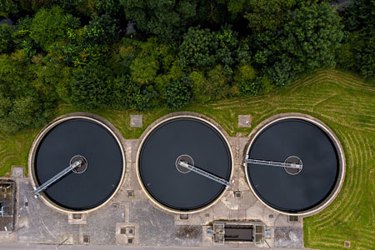This Tool Achieves Consistent And Reliable EBPR Plant Performance

From 1965 to 1971, there were many observations of high levels of phosphorus removal at municipal activated sludge treatment plants in the USA. Phosphorus removal efficiencies were greater than 80 percent compared to typical removals of 20-25 percent for activated sludge treatment due to phosphorus needs for biomass growth from BOD removal. Levin and Shapiro (1965) presented experimental results on the occurrence of excess phosphorus uptake by biological activity. They further proposed the sidestream process (Phostrip) for biological release of phosphorus from return activated sludge and subsequent chemical precipitation of the soluble phosphorus in the separated liquid stream from the Phostrip process.
Get unlimited access to:
Enter your credentials below to log in. Not yet a member of Water Online? Subscribe today.
